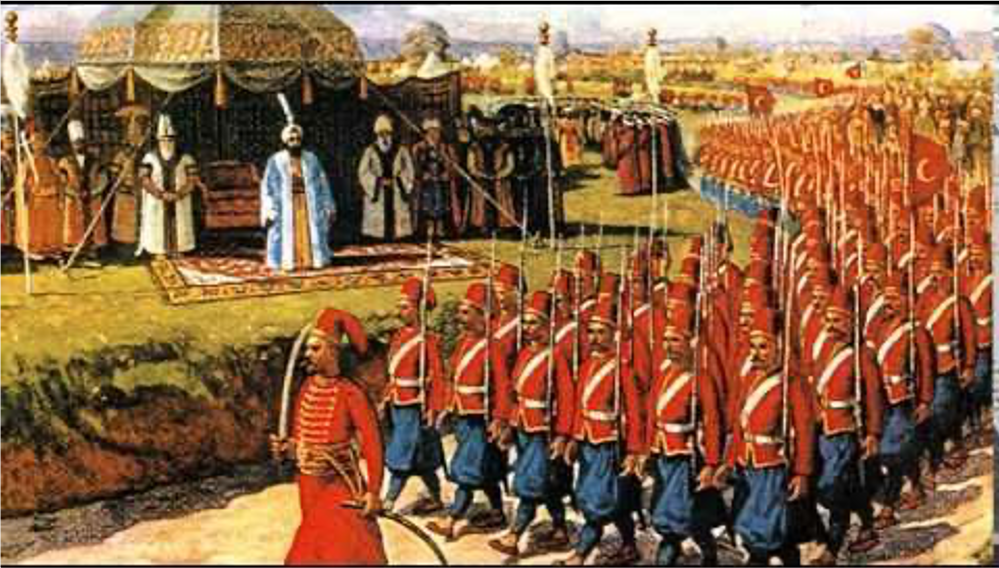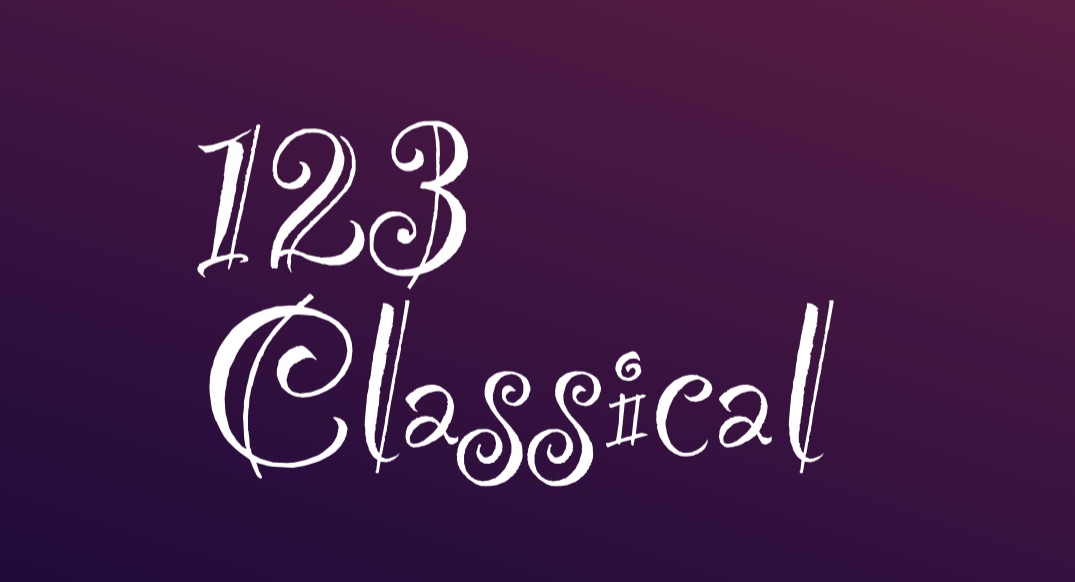

Filters

The classical period of music was dominated by the spirit of the Enlightenment, which was characterized by a quest of return to the more humanistic ideals of the ancient Greece and Rome for cultural inspiration, as opposed to previous periods when the church played a dominant role in society. The Enlightenment ideals provided space for individuality by advocating individual rights (not previously granted by the Church or monarch) and defined the framework for scientific advances by advocating objective truths and reasoning. In the arts, these ideals presented themselves through a more well-ordered aesthetic of balance and elegance, also given the name "neoclassical" since the same ideals were used in ancient Greece and Rome. The increased power of the individual and reason, started undermining the role of the church and the monarch in controlling the arts, including music.
Music in the classical period became simpler, but also more expressive and louder. But how is this explained? On the one hand, music no longer had the church or the state as the primary patron. People could now make their own cultural choices, and given the increasing wealth of the middle class, aristocratic houses became the new patrons. This social change, combined with the "neoclassical" philosophy in the arts (as explained above), gave rise to the production of a greater quantity of simpler and more accessible music. Music also became clearer, mainly homophonic, with short and well-balanced melodies and clear-cut question and answer phrases. Overall, compared with baroque music, classical period music sounded lighter, less serious and more elegant, while variety and contrast within a piece became more important than before. On the other hand, technical advances in instruments allowed for music to become richer, more sonorous and more powerful, especially for keyboard instruments. The harpsichord of the baroque era was replaced by the piano, enabling the performer to play louder or softer and thus with more expression. This trend was further enhanced by the extension of the orchestras, which allowed for a richer and more powerful sound. Important composers, such as Beethoven, Mozart, Schubert, Haydn and Rossini, now had the opportunity to create melodical, expressive and more powerful masterpieces. However, although some composers, such as Mozart looked for order, balance, serenity and rationality in their music, other composers such as Beethoven or Schubert (at the end of his life) looked for ecstasy and bewilderment, therefore stretching the principles of that period to the maximum and laying the foundations for the romantic period of music, by becoming an inspiration for future composers.
"Salzburg symphony"
(Divertimento in D Major / Movement 1)
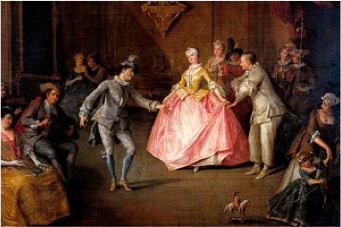
"Between light and dark"
(Piano Concerto No 23 or K. 488 / Movements 1 and 2)

"Moonlight sonata"
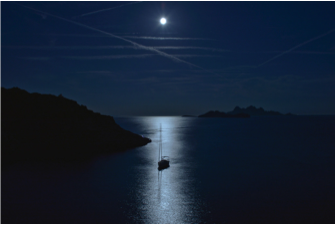
"Emperor concerto"
(Piano Concerto No 5 / Movement 2)
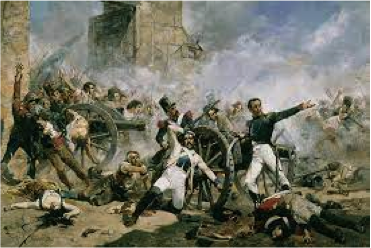
"Fate motif"
(Symphony No 5 / Movement 1)

"Pastoral symphony"
(Symphony No 6 / Movement 2)

"Cavalleria rusticana"
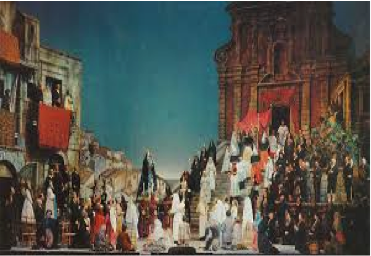
"Pathétique"

"Sombre Mozart"
(Symphony No 40 / Movement 1)
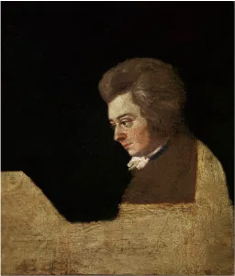
"The Mozart effect"
(Sonata for 2 pianos K448)
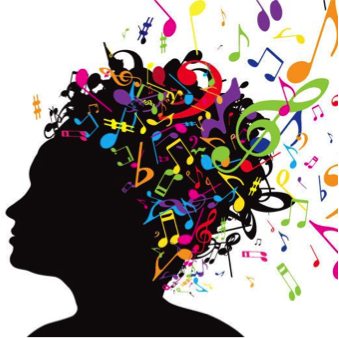
"William Tell, overture"
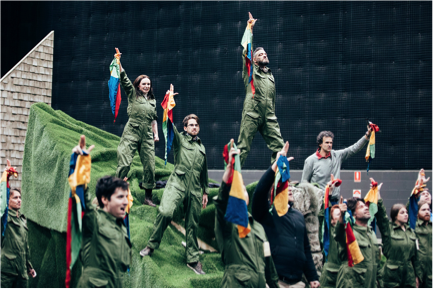
"Angel's fantasy"
(Fantaisie in F Minor)
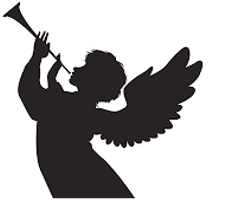
"Declaring"
(Impromptu Op. 90 No 1)

"Trying to escape"
(Impromptu Op. 90 No 2)

"Praying"
(Impromptu Op. 90 No 3)

"Accepting"
(Impromptu Op. 90 No 4)

"On the threshold of death"
(Piano Sonata D960)

"Orpheus and the Furies"
(Piano Concerto No 4 in G Major Op 58)
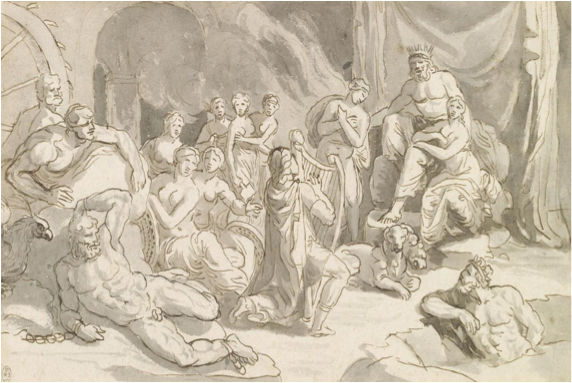
"Piano quintet and the love for Clara"
(Piano Quintet op. 44, E flat Major)
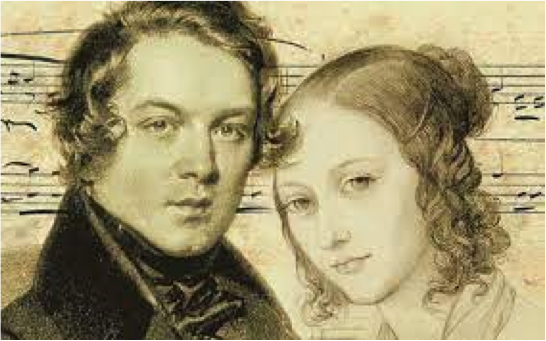
"Elvira Madigan"
(Piano Concerto No 21 /Movements 1 & 2)
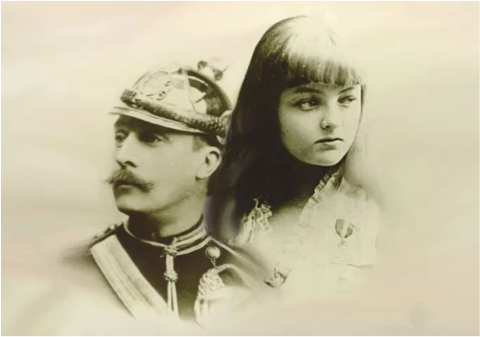
"Scenes from childhood"

"The creation, overture"
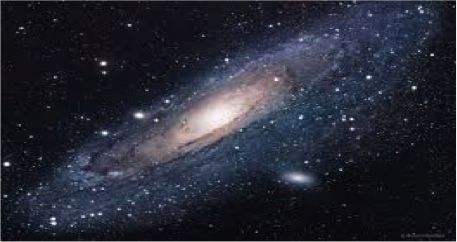
"Una furtiva lagrima" from "L'elisir d'amore"

"Nabucco" from "Chorus of the Hebrew Slaves"
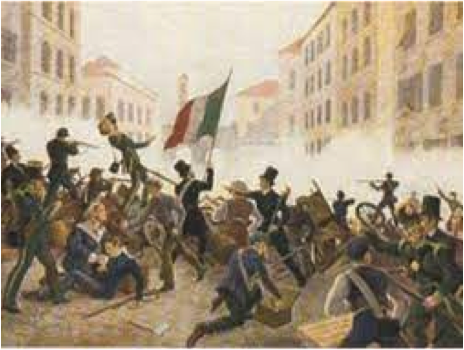
"Three poems in sound"
(Three Piano Pieces D 946 in E Flat)

"Ave Maria / Ellens Gesang III"
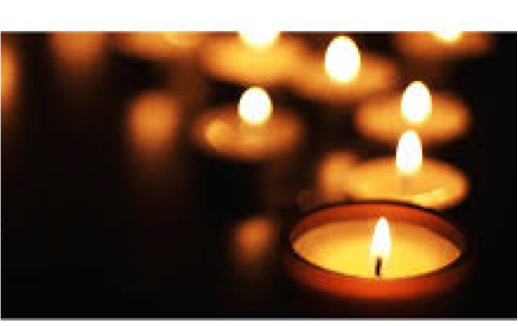
"Overture to Egmont"
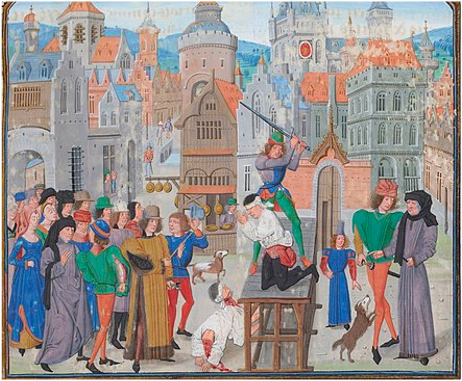
"Heroic stories"
(Piano Concerto No 3)

"La gaza ladra" from "The thieving magpie"
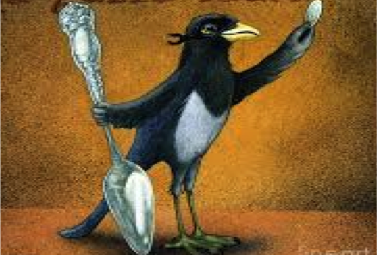
"Heaven"
(Flute and Harp Concerto No 2)
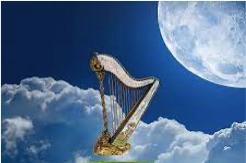
"Enticing Schubert tango"
(Piano Trio No 2 in E Flat Major, Op 100, D929)

"Elf king"
(or "Erlkönig")
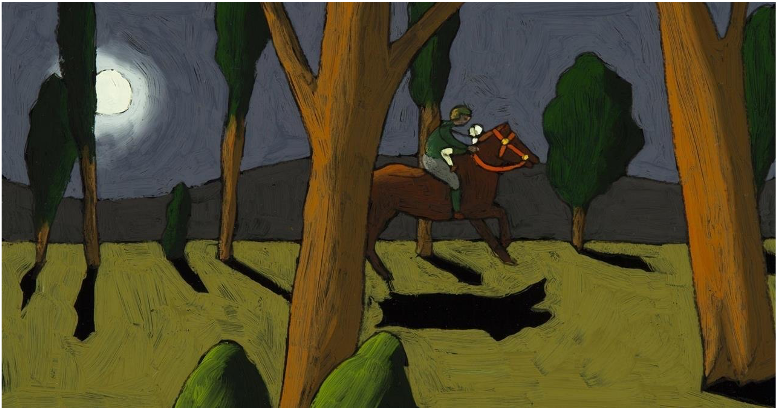
"Farewell"
(Symphony 45)

"Rondo alla turca"
("Turkish march")
